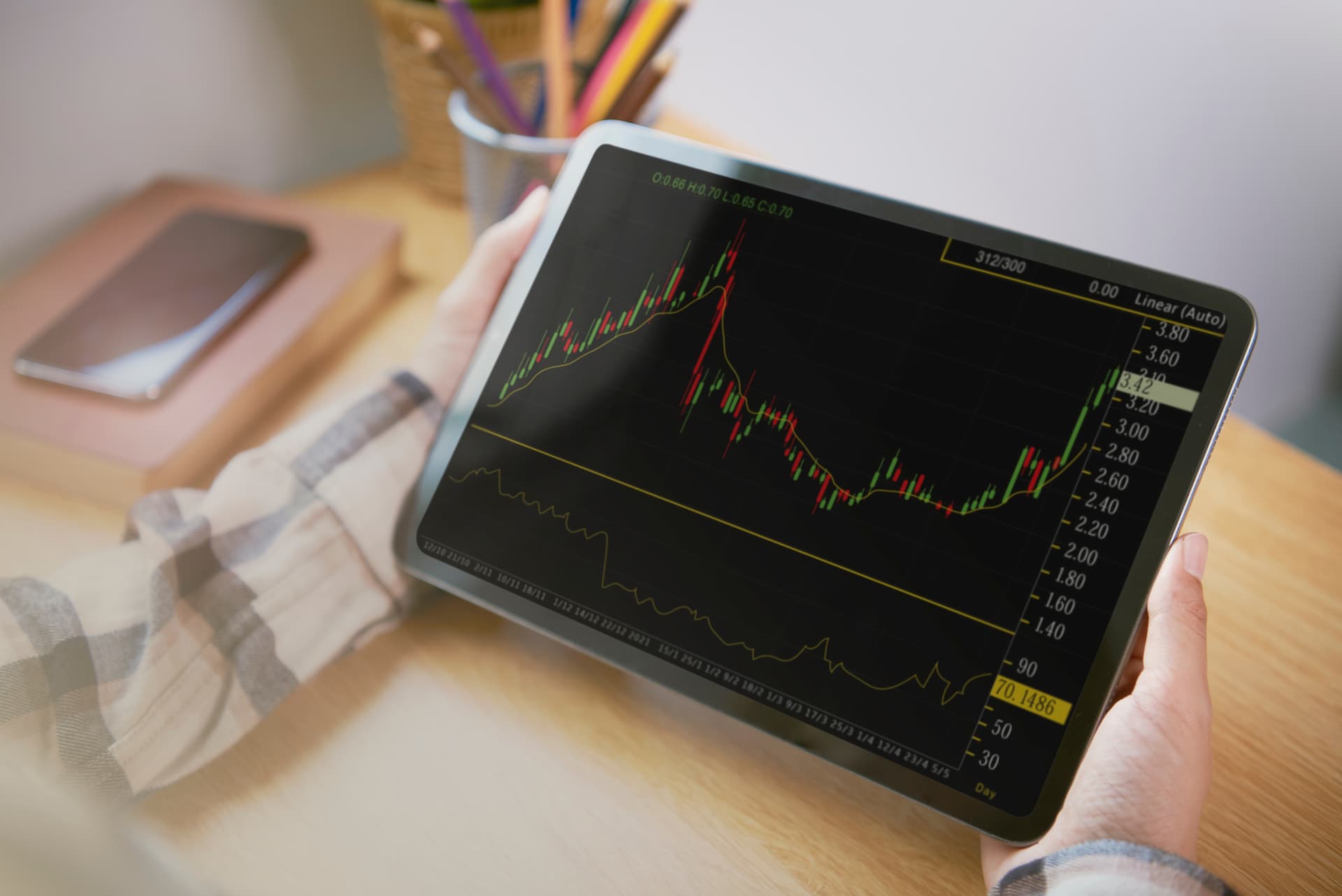Margin Trading Explained: Risks, Benefits & Strategies

Margin trading is a financial strategy that allows traders and investors to borrow funds from a broker to purchase securities or other financial instruments, thereby amplifying their market exposure. This method enables traders to control larger positions than they could with their own capital alone, potentially increasing both profits and losses. It is commonly used in markets such as stocks, forex, commodities, and cryptocurrencies. .Understanding Margin Call Risks and Strategies in Margin Trading, learn about key strategies to manage risks and leverage.
How Does Margin Trading Work?
1. Opening a Margin Account
To start margin trading, a trader must open a margin account with a broker. Unlike a regular trading account, a margin account allows the trader to borrow money against the value of the securities they purchase or already own. The broker will typically require an initial deposit, known as the "initial margin," to open the account. The amount of this deposit can vary based on the broker's requirements and the financial instruments being traded. For more details on setting up different types of accounts, visit the Account Types page on 24markets.com.
2. Leverage and Buying Power
Leverage is the cornerstone of margin trading. It allows traders to increase their buying power, enabling them to control a larger position with a smaller amount of personal capital. For example, with 5:1 leverage, a trader with $1,000 can control a $5,000 position. This can magnify potential profits if the market moves in the trader's favor. However, it’s important to note that leverage also increases the risk of significant losses if the market moves against the position. Understanding how leverage works is essential for effective margin trading. For more insights on leverage, check out the Margin and Leverage section on 24markets.com.
3. Maintenance Margin and Margin Calls
Once a position is opened using margin, the trader must maintain a certain level of equity in their account, known as the "maintenance margin." If the value of the trader's equity falls below this required level due to unfavorable market movements, the broker may issue a margin call. A margin call requires the trader to deposit additional funds or sell off assets to bring the account back to the required level. Failure to meet a margin call may result in the broker liquidating positions to cover potential losses. For a deeper understanding of margin requirements, refer to the CFD Trading page.
4. Interest on Borrowed Funds
Borrowing funds for margin trading comes with interest costs, which are charged by the broker. These costs can accumulate over time, especially if the position is held for an extended period. The interest rate and how it is calculated can vary depending on the broker and the type of assets being traded. It is crucial for traders to factor in these costs when planning their trades, as they can affect overall profitability. To explore how trading costs can impact your strategies, visit the Trading Tools section.
Advantages and Disadvantages of Margin Trading
1. Advantages of Margin Trading
- Increased Market Exposure: Margin trading allows traders to control larger positions with a smaller initial investment, providing the opportunity to amplify potential returns.
- Potential for Higher Profits: By using leverage, traders can magnify their gains if the market moves in their favor. This can be particularly beneficial in highly volatile markets.
- Flexibility in Trading: Margin accounts provide flexibility, enabling traders to diversify their investments across multiple assets and markets.
2. Disadvantages of Margin Trading
- Risk of Amplified Losses: While leverage can enhance profits, it also increases the potential for significant losses. A small adverse movement in the market can quickly erode the trader’s equity, leading to a margin call or forced liquidation of positions.
- Interest Costs: The cost of borrowing funds for margin trading can reduce overall profitability, especially for long-term positions. Traders need to carefully consider these costs when planning their trades.
- Complexity and Risk Management: Margin trading requires a thorough understanding of market dynamics, leverage, and risk management techniques. Inexperienced traders may find it challenging to navigate the complexities of margin trading without adequate knowledge and preparation.
Key Considerations for Margin Trading
1. Risk Management
Effective risk management is crucial when engaging in margin trading. Traders should use tools such as stop-loss orders to limit potential losses and protect their capital. It's also essential to regularly monitor margin levels and market conditions to avoid margin calls and forced liquidations. For more on risk management strategies, visit the Trading Basics section.
2. Choosing the Right Broker
Selecting a reputable broker is vital for successful margin trading. Traders should look for brokers that offer competitive margin rates, transparent fee structures, and robust trading platforms. Additionally, ensure that the broker is regulated and has a strong track record of customer support. To learn more about choosing the right broker, see the Why 24markets.com page.
3. Understanding Market Conditions
Margin trading can be particularly risky in volatile markets. Traders should stay informed about market trends and economic indicators that may impact the value of their positions. It's also important to be aware of how different assets react to market changes and to adjust trading strategies accordingly. For further insights into market conditions, explore the Trading Tools section on 24markets.com.
Conclusion
Margin trading is a powerful tool that can enhance your trading strategy by increasing your market exposure and potential returns. However, it also comes with significant risks, including the possibility of amplified losses and the cost of borrowing funds. By understanding how margin trading works and implementing effective risk management strategies, traders can navigate the complexities of margin trading and make informed decisions. Always consider the associated risks and ensure that you are well-prepared before engaging in margin trading.
For more resources and detailed guides on margin trading, visit 24markets.com and explore sections like CFD Trading, Account Types, and Regulation Center.
Content
- - How Does Margin Trading Work?
- - Opening a Margin Account
- - Leverage and Buying Power
- - Maintenance Margin and Margin Calls
- - Interest on Borrowed Funds
- - Advantages and Disadvantages of Margin Trading
- - Advantages of Margin Trading
- - Disadvantages of Margin Trading
- - Key Considerations for Margin Trading
- - Risk Management
- - Choosing the Right Broker
- - Understanding Market Conditions
- - Conclusion








